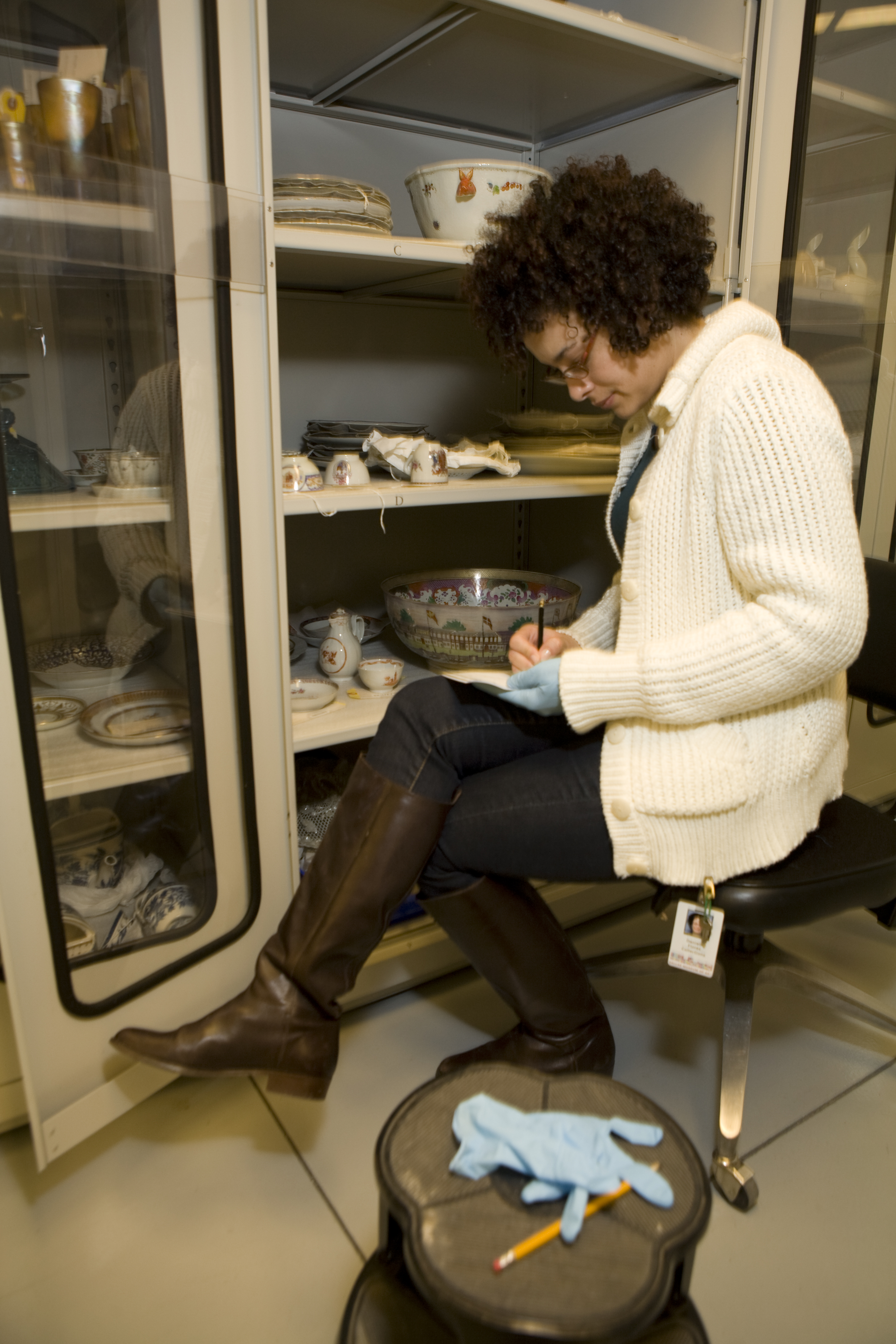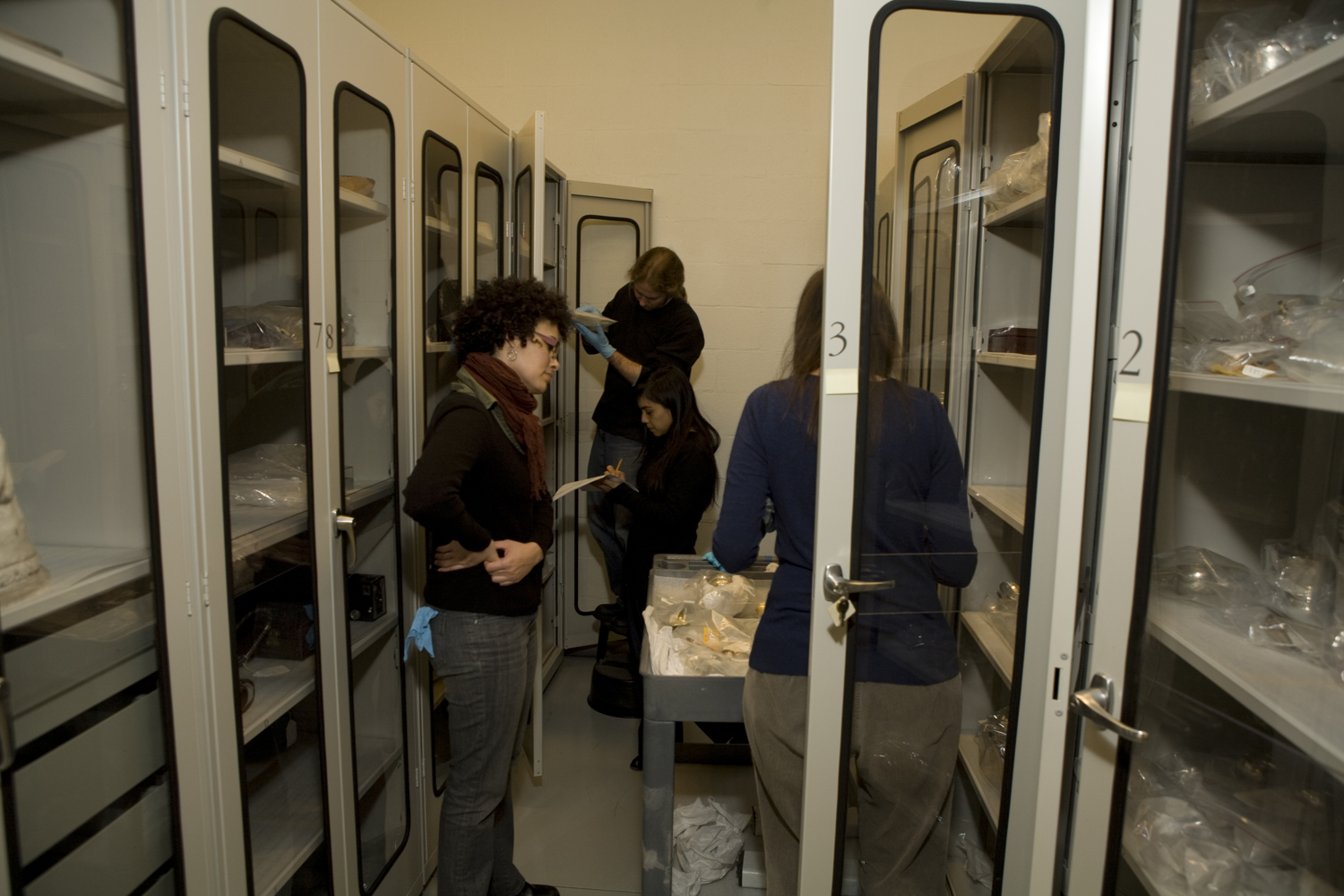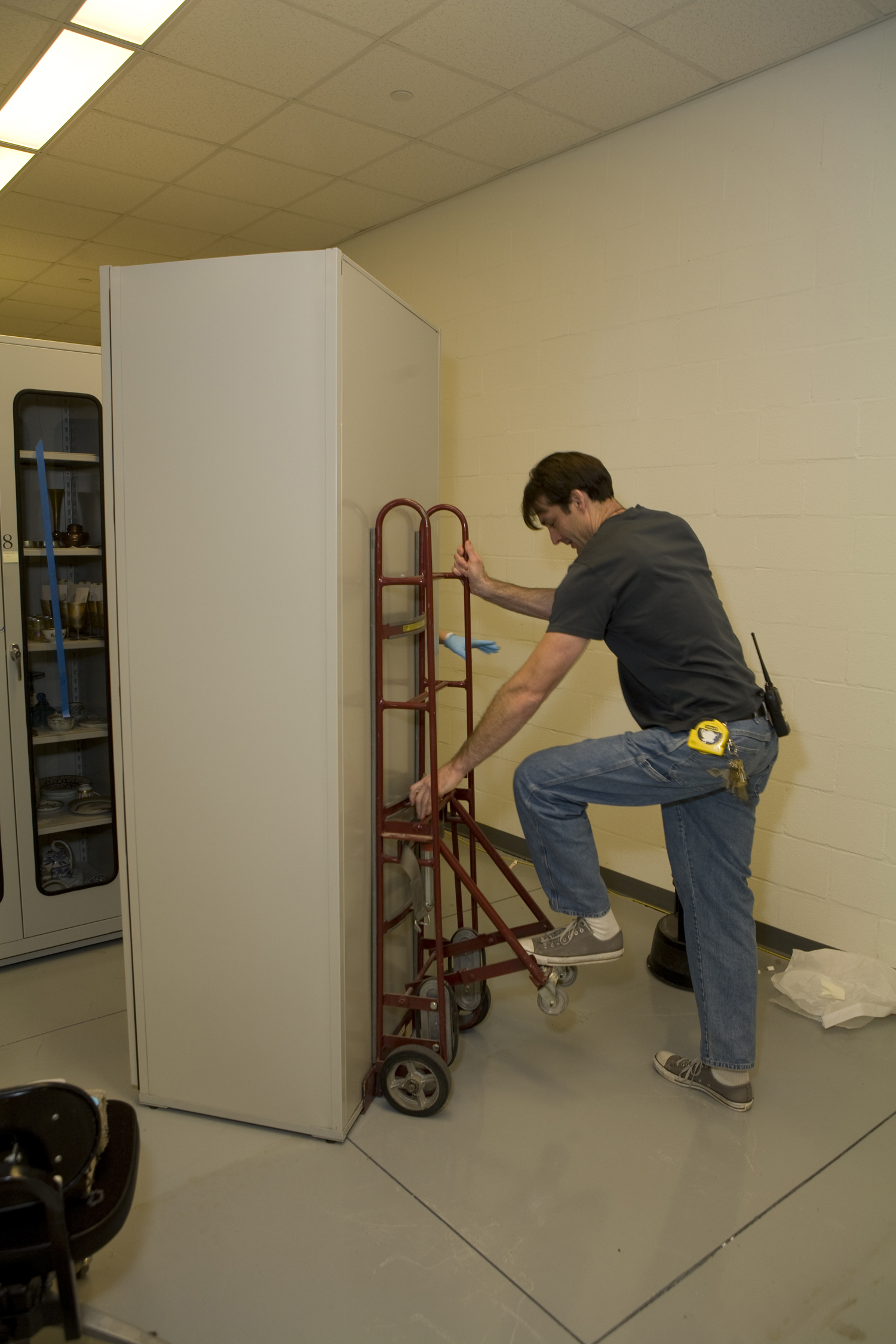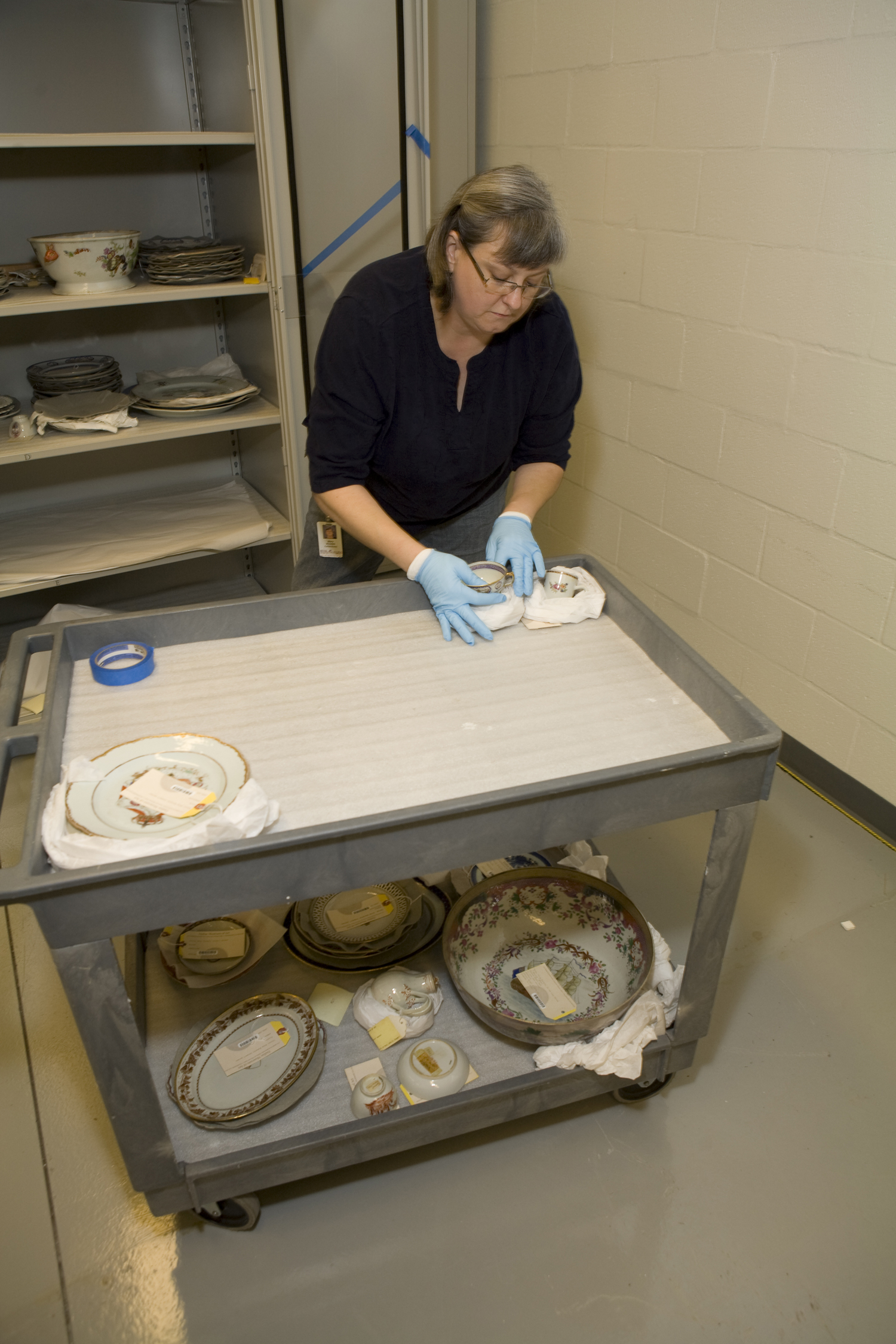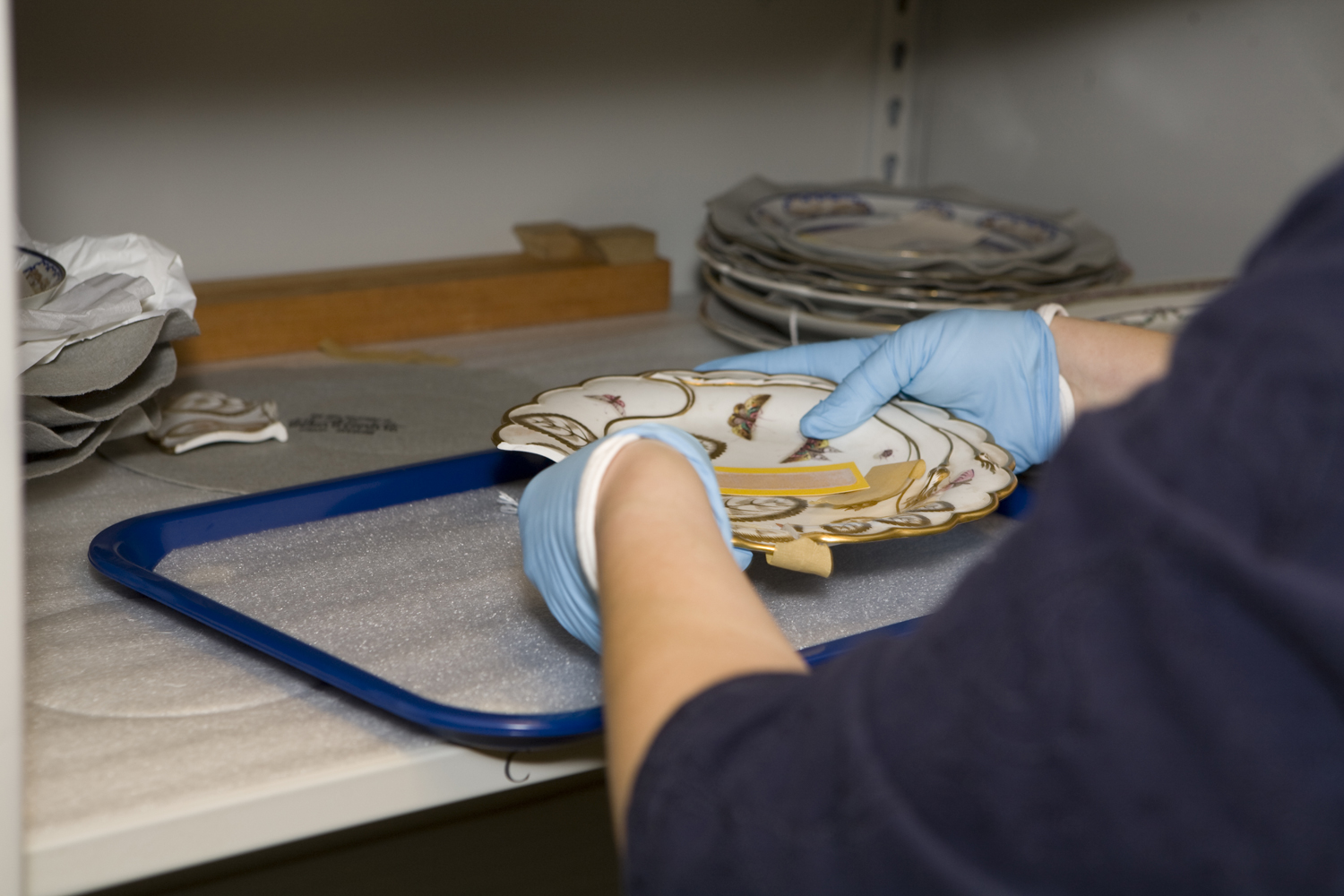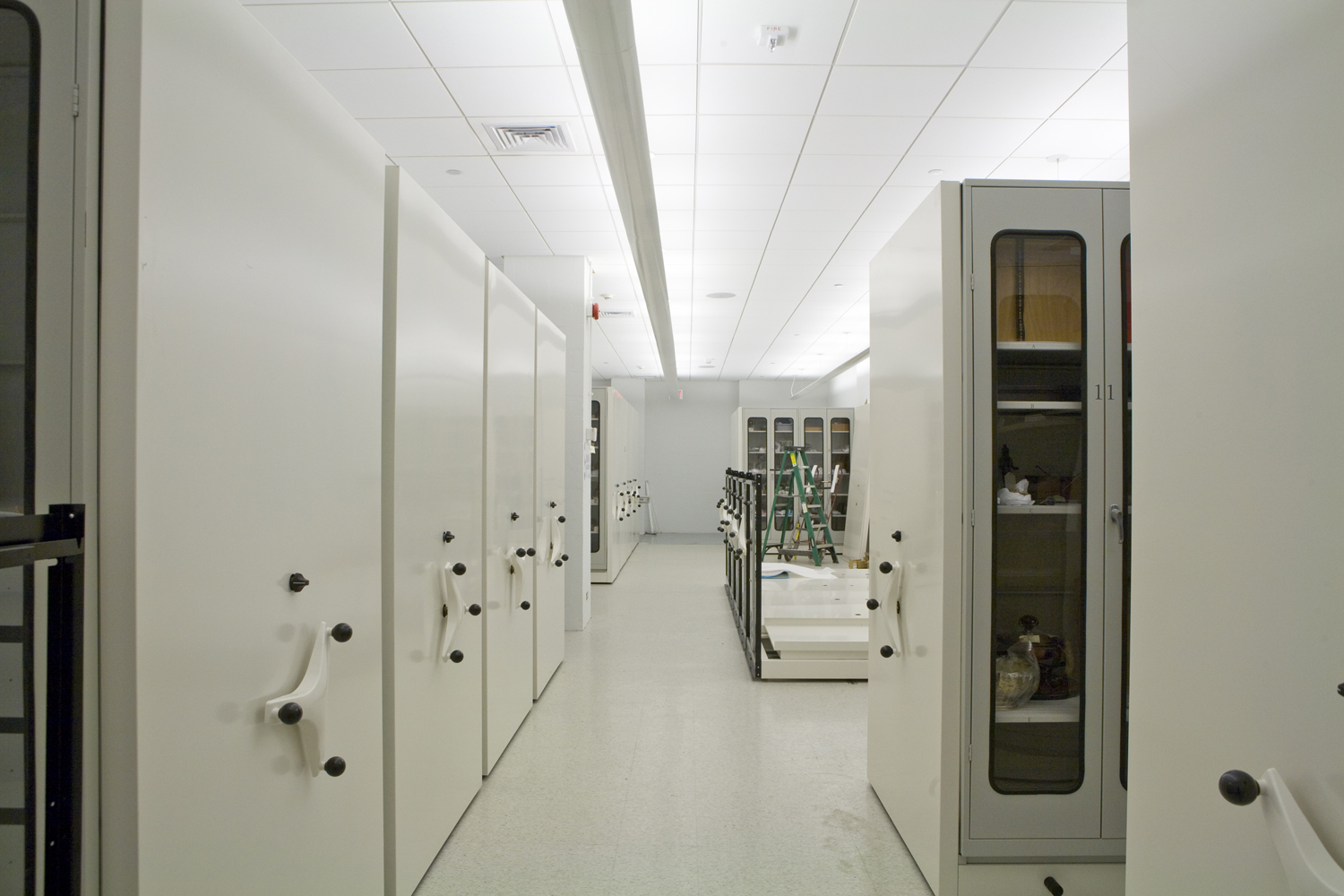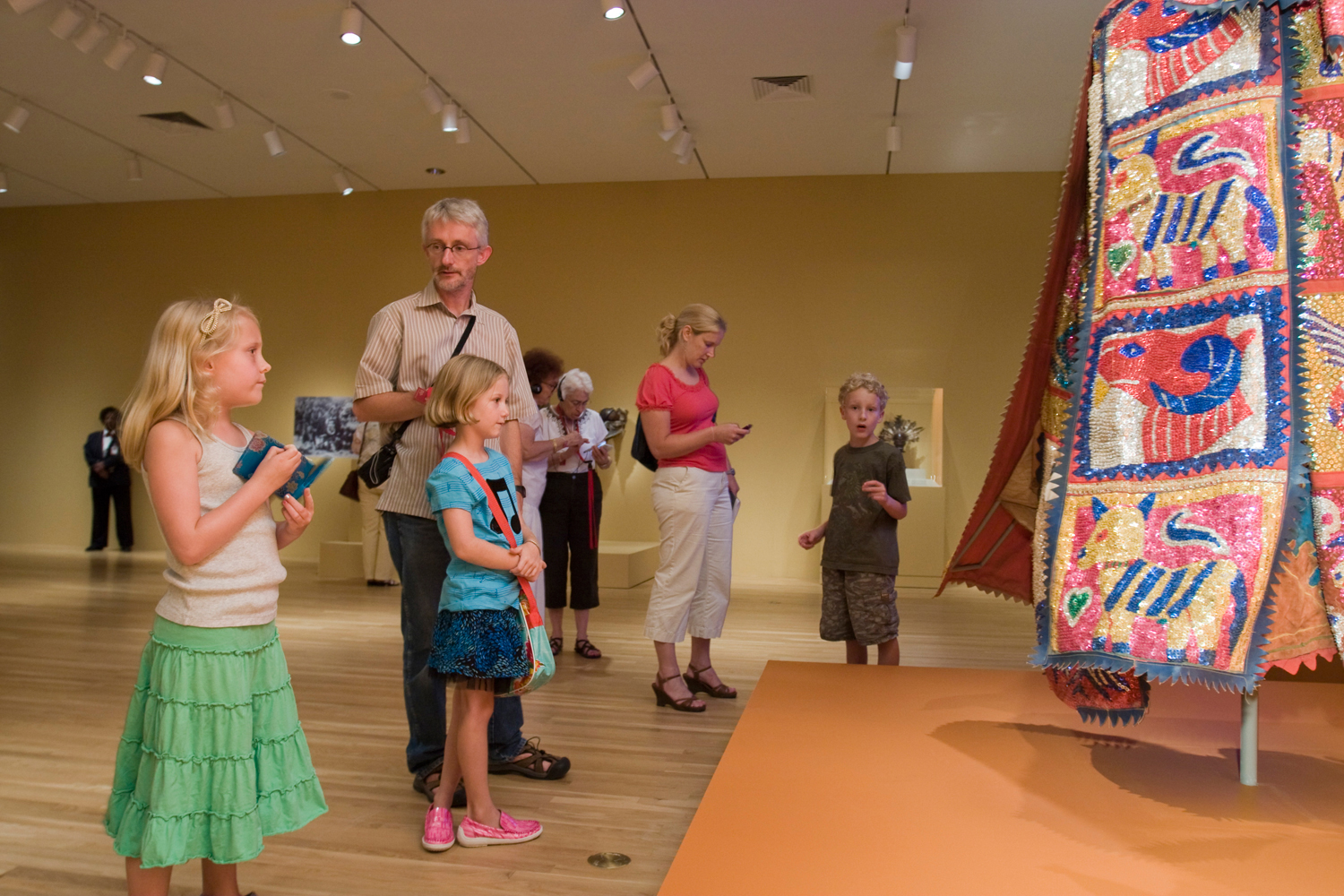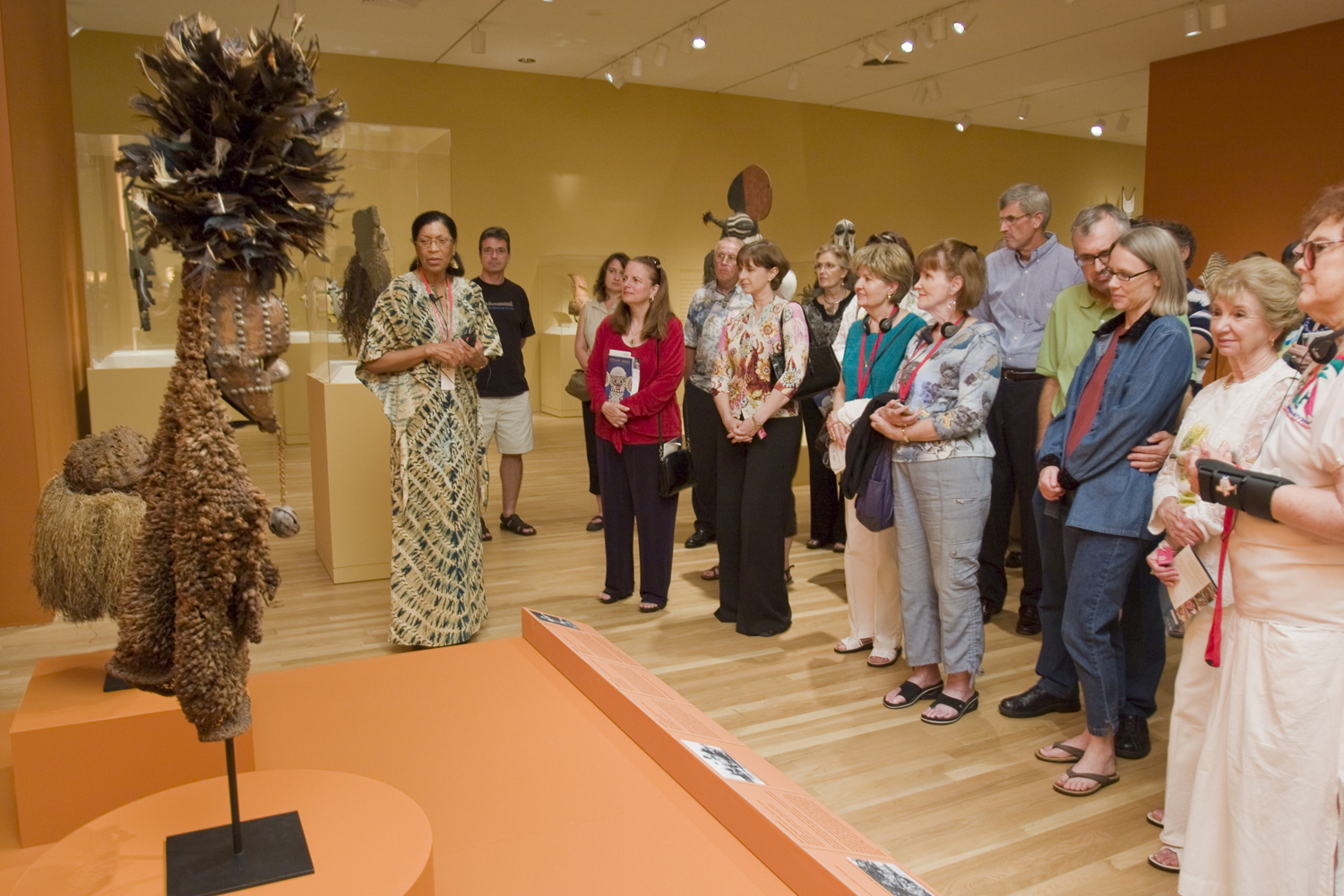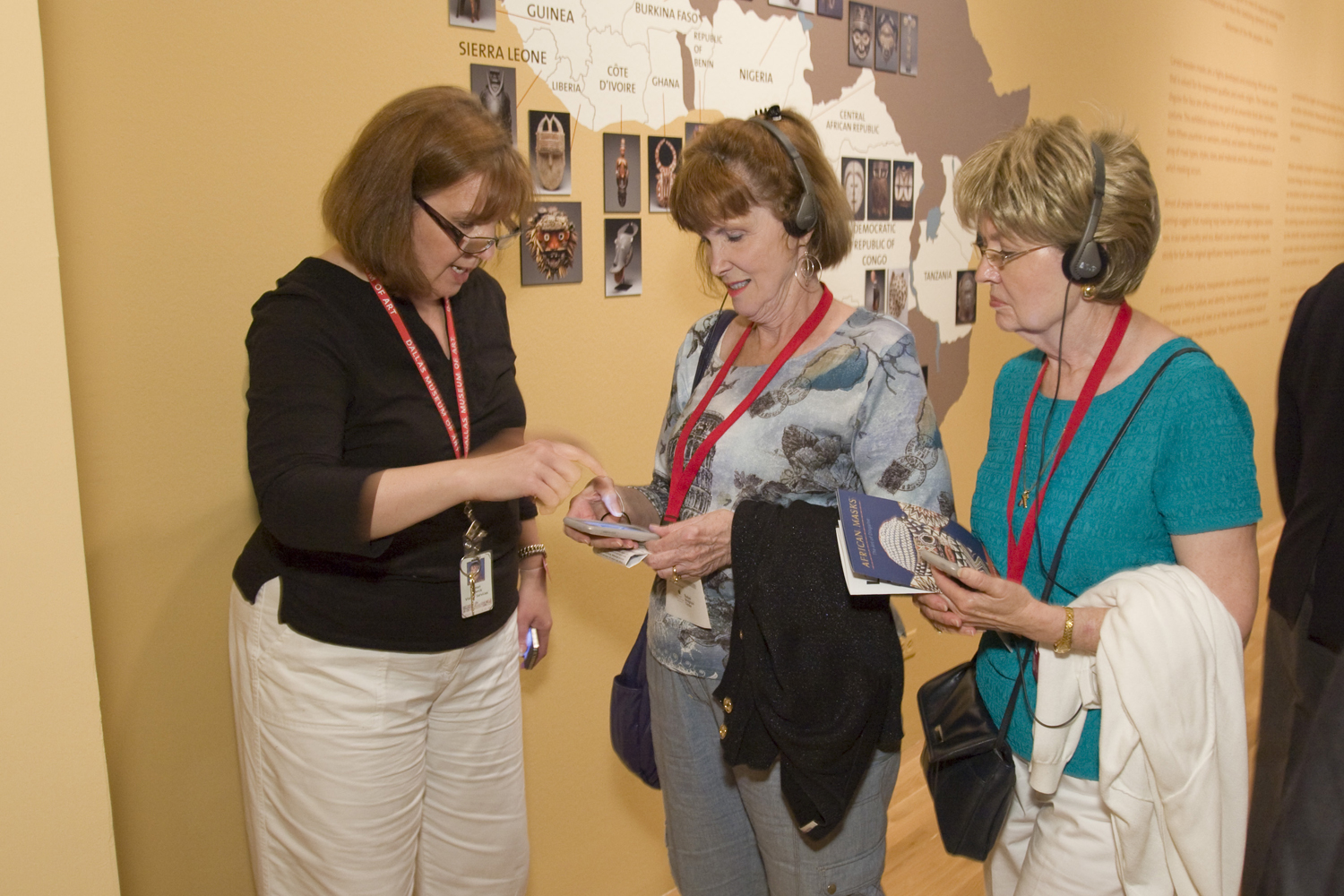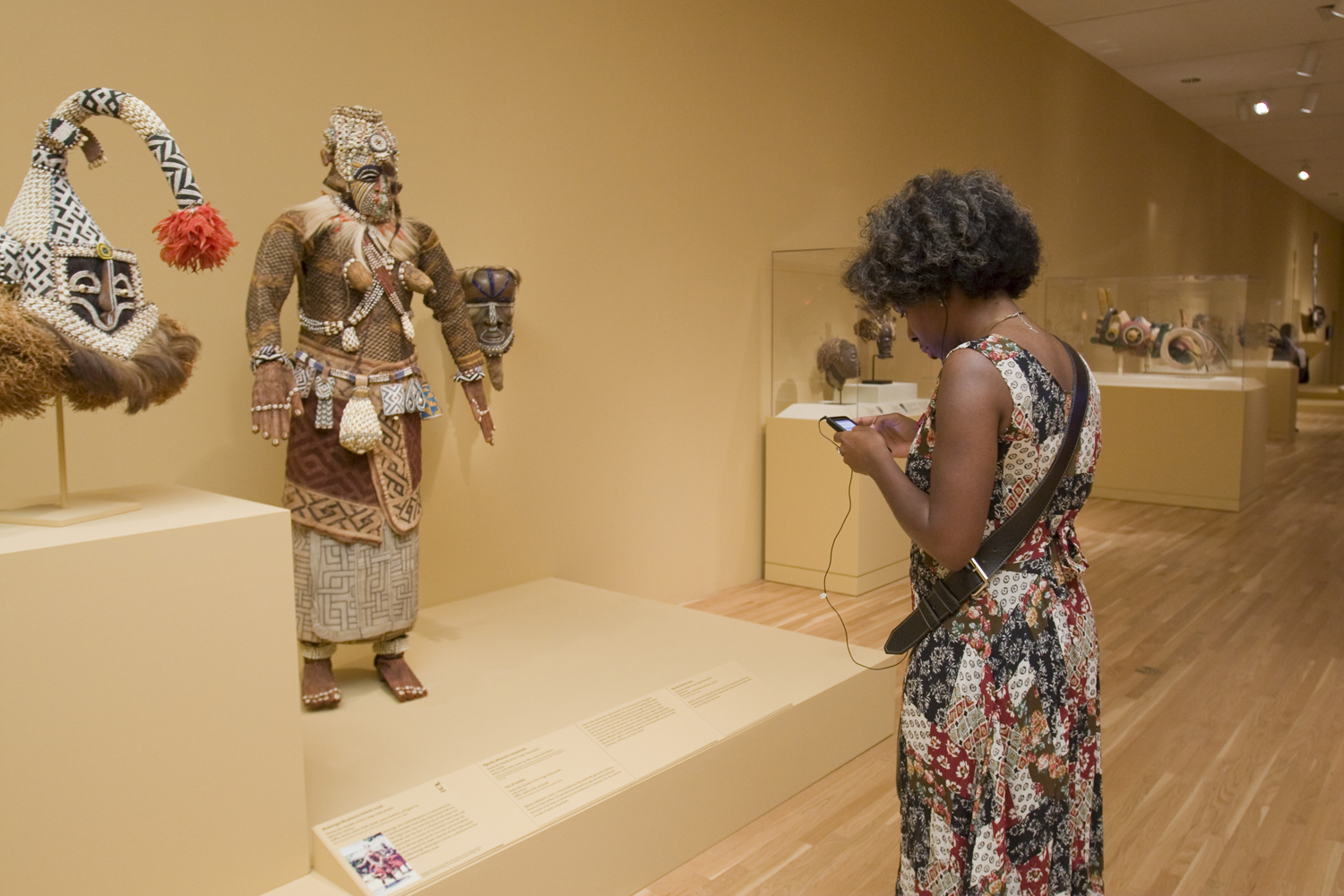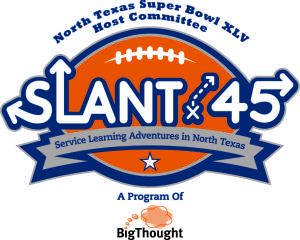 Volunteering and art make a great combination. Add football and Super Bowl XLV to this combination and you get a power-packed project called SLANT 45. In the football world, slant 45 references a specific play used by Daryl Johnston and Emmitt Smith when they played for the Dallas Cowboys. Johnston, the North Texas Super Bowl XLV Host Committee, and Big Thought are giving slant new meaning in the Dallas-Fort Worth area with the SLANT 45 project, also known as Service Learning Adventures in North Texas. Sponsored by Bank of America and The Ted and Sharon Skokos Foundation, the project is an educational youth initiative promoting volunteer service in the community and providing participating youth with an opportunity to create unique artwork reflecting their service learning adventures. It’s a great opportunity to encourage and recognize the champions of community service.
Volunteering and art make a great combination. Add football and Super Bowl XLV to this combination and you get a power-packed project called SLANT 45. In the football world, slant 45 references a specific play used by Daryl Johnston and Emmitt Smith when they played for the Dallas Cowboys. Johnston, the North Texas Super Bowl XLV Host Committee, and Big Thought are giving slant new meaning in the Dallas-Fort Worth area with the SLANT 45 project, also known as Service Learning Adventures in North Texas. Sponsored by Bank of America and The Ted and Sharon Skokos Foundation, the project is an educational youth initiative promoting volunteer service in the community and providing participating youth with an opportunity to create unique artwork reflecting their service learning adventures. It’s a great opportunity to encourage and recognize the champions of community service.
The goal for the SLANT 45 community-wide service project is to involve at least 20,000 youth, logging in nearly 45,000 hours of volunteer work. Wow! After teams of youth complete their projects, the final step is the creation of a reflective artwork. Selected works of art will be on view in the SLANT 45 Community Heroes Art Exhibition, which will be on display at various locations across North Texas before, during, and after Super Bowl XLV.
The Dallas Museum of Art is partnering with Big Thought and artists in the Dallas community to provide workshops for SLANT 45 participants. A few North Texas youth participating in SLANT 45 visited the DMA recently to participate in a workshop with artist Sara Cardona. Having recently completed their volunteer work at an animal shelter and a clothes closet, these boys and girls met with Sara to reflect on their projects and create works of art inspired by their service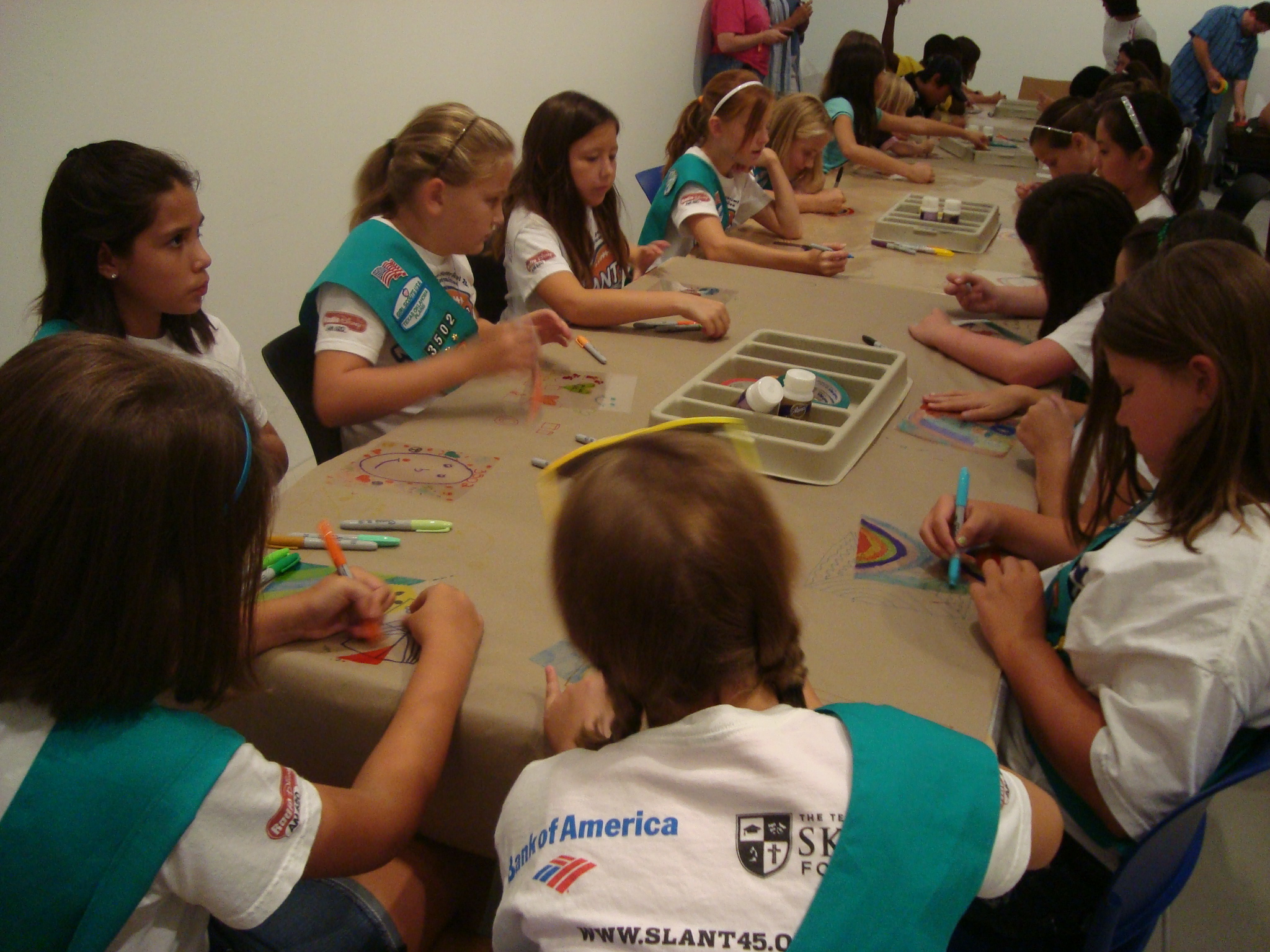
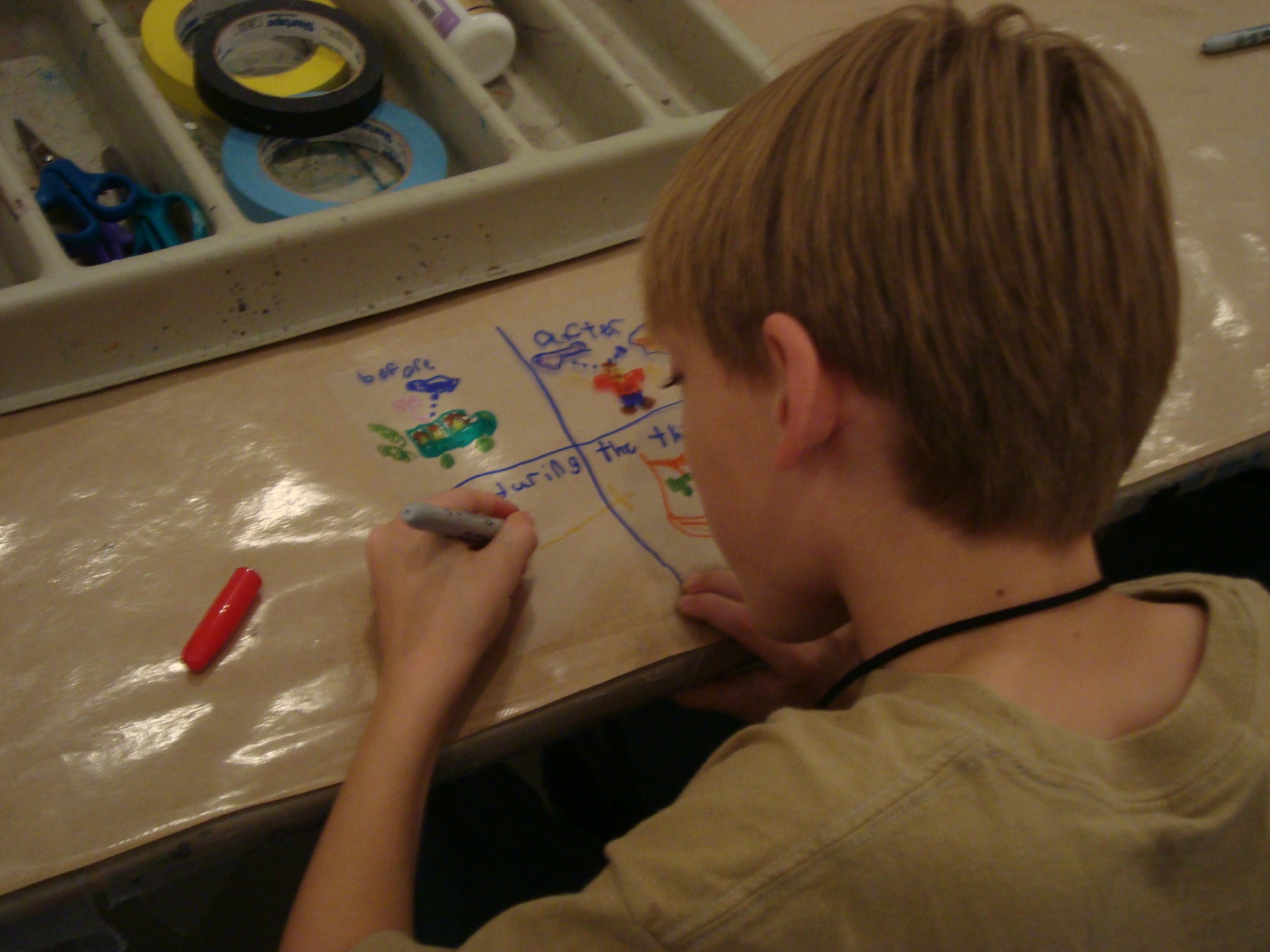 . The youth
. The youth 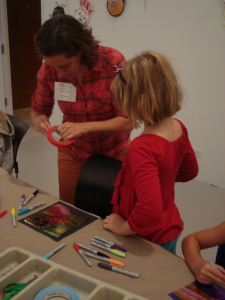 created an artwork based on the idea of stained glass windows. They drew words and images reflecting their community volunteer work on a transparent film, then backed the film with metallic paper, and then completed the work with a colorful frame.
created an artwork based on the idea of stained glass windows. They drew words and images reflecting their community volunteer work on a transparent film, then backed the film with metallic paper, and then completed the work with a colorful frame.
More workshops are scheduled to occur at the DMA in September and October with artists Jill Foley, Adriana Martinez, Will Richey, and Ann Marie Newman. Visit SLANT 45 for more information about how to register.
Nicole Stutzman
Director of Teaching Programs and Partnerships
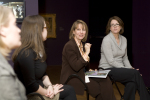
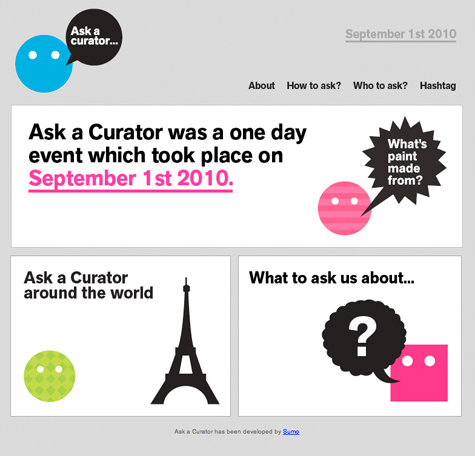
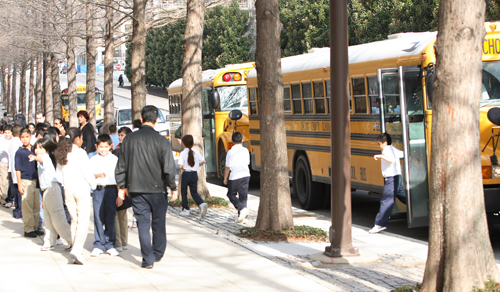
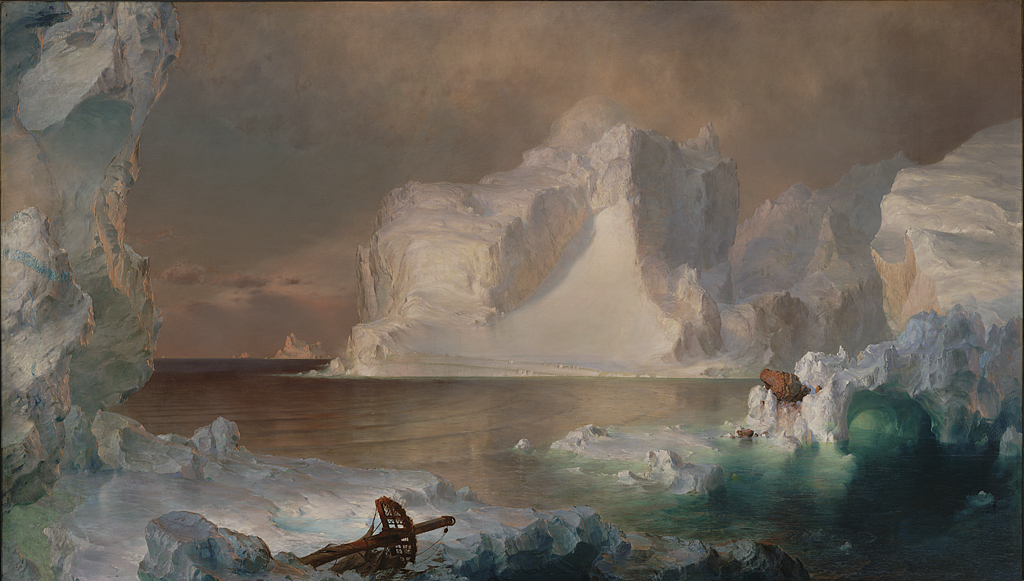
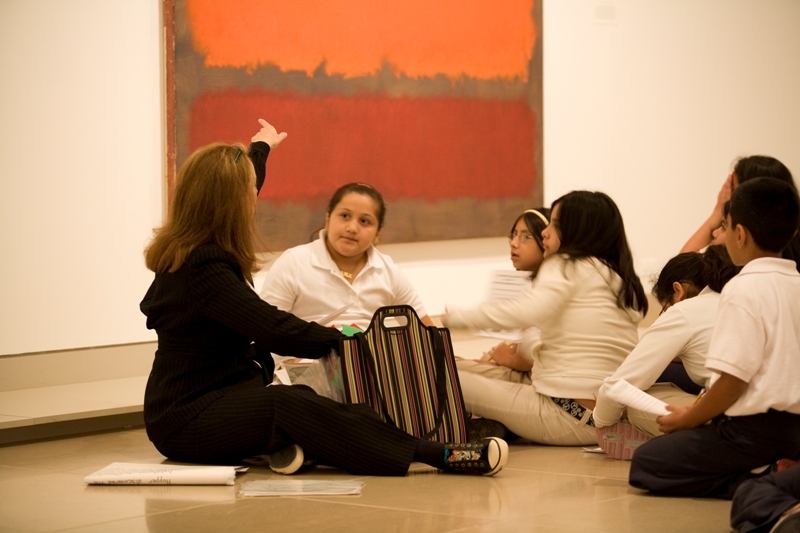
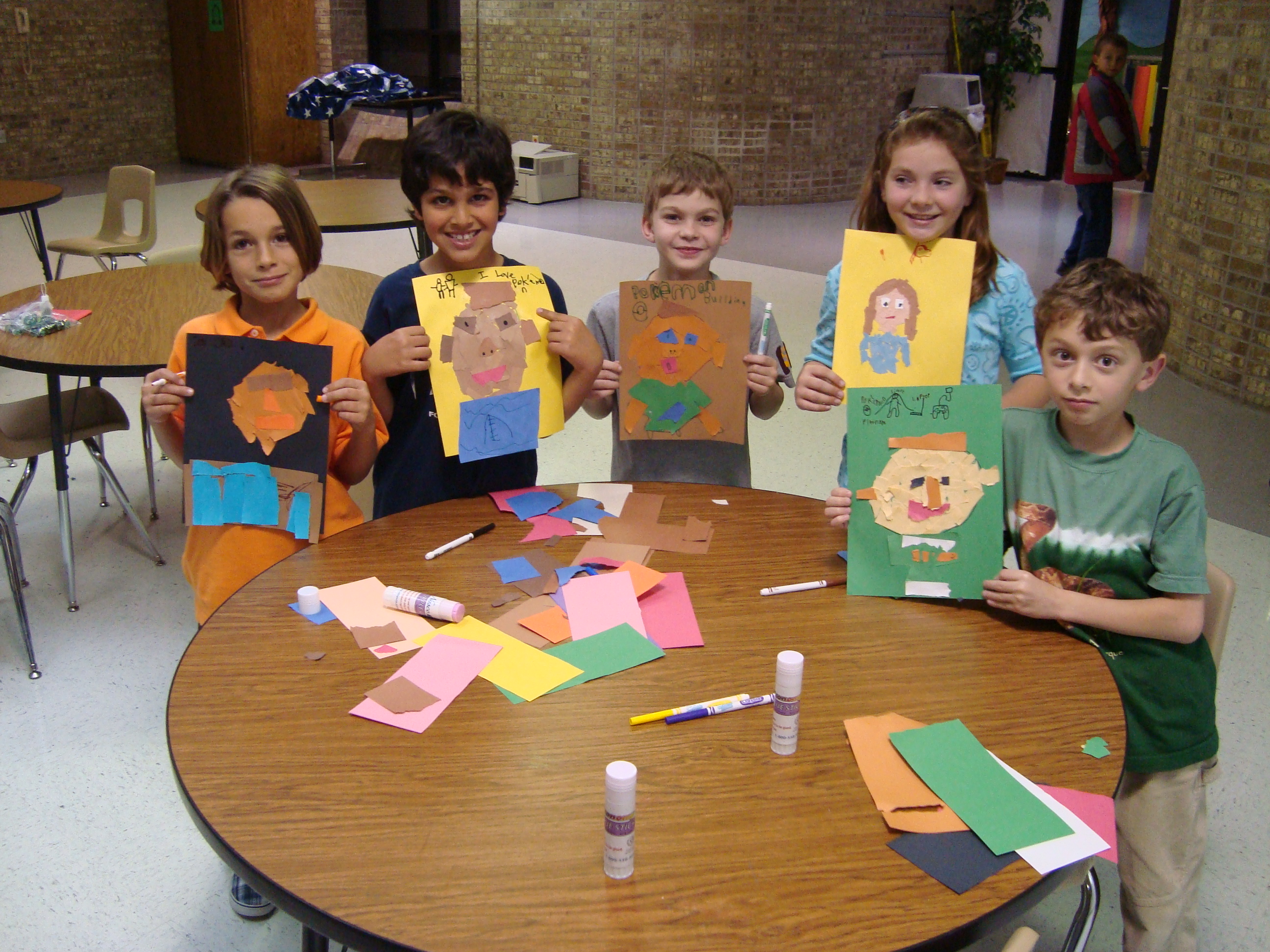
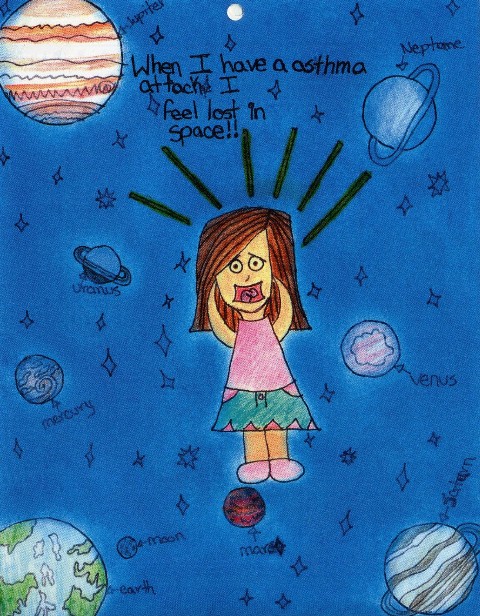
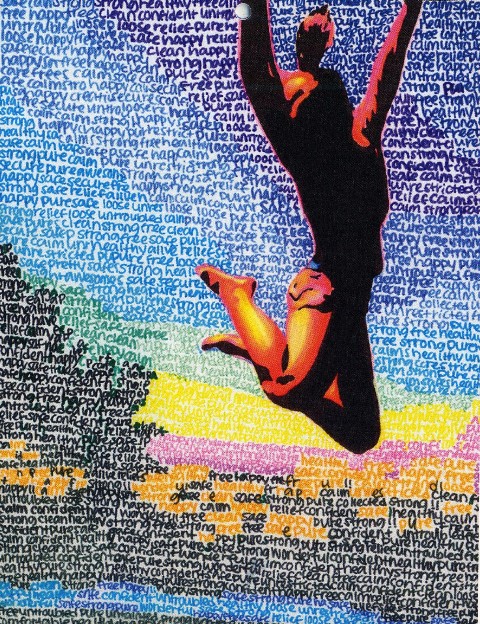
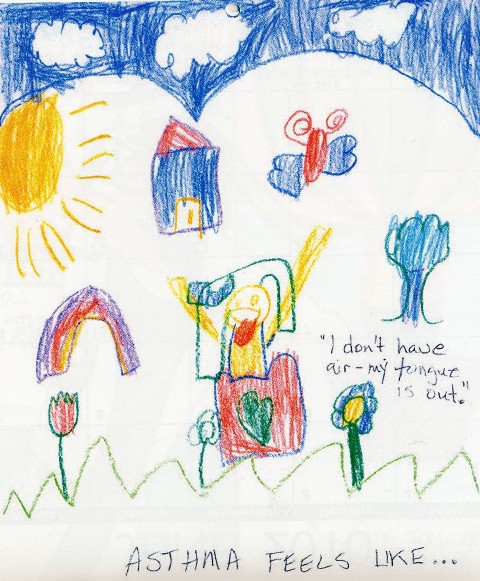


 African Masks: The Art of Disguise Teacher Workshop
African Masks: The Art of Disguise Teacher Workshop